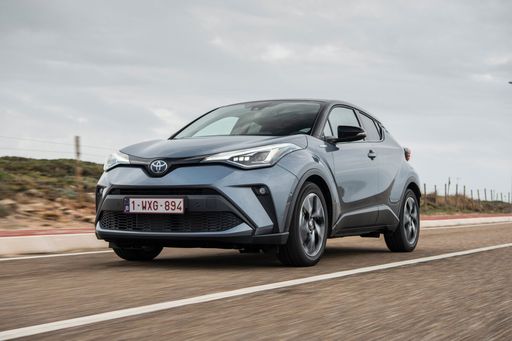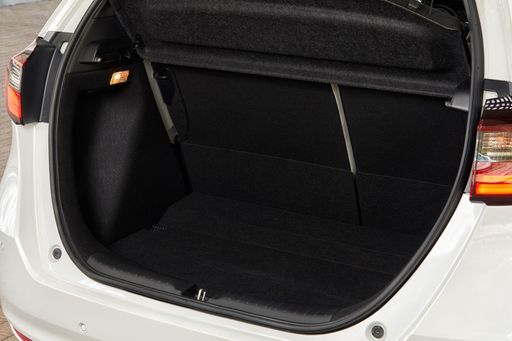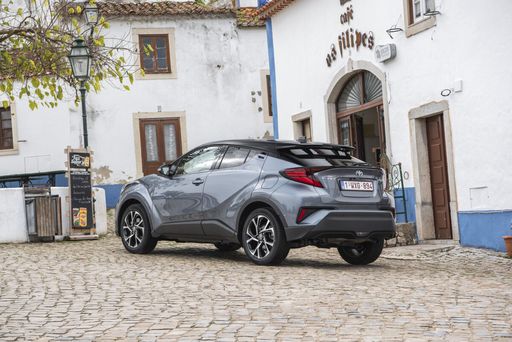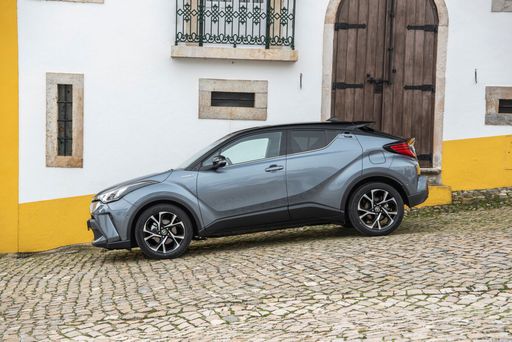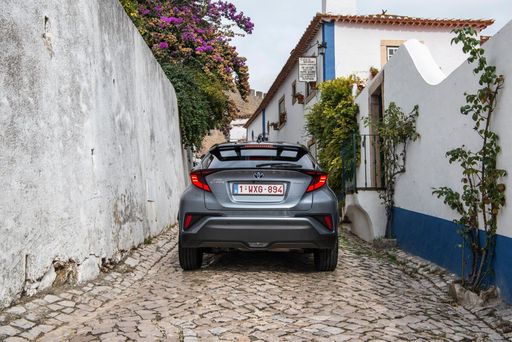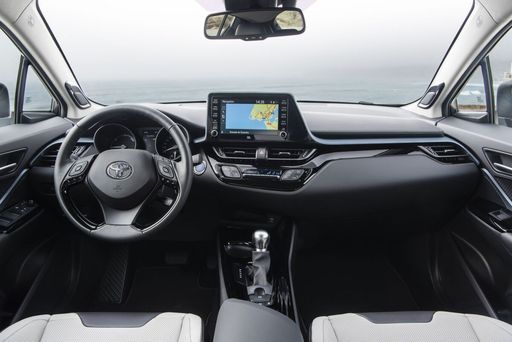Honda Jazz vs. Toyota C-HR: A Clash of Compact Titans
In the world of compact cars, finding a vehicle that fits your lifestyle and driving preferences can be a thrilling yet daunting task. Two contenders that often appear on the shortlist of many potential buyers are the Honda Jazz and the Toyota C-HR. This head-to-head comparison will delve into their technical aspects and innovations to help you make an informed choice.

